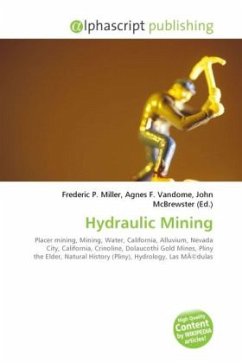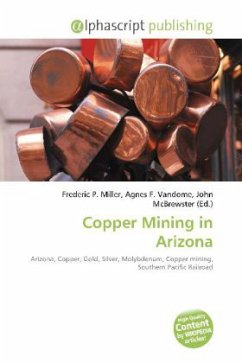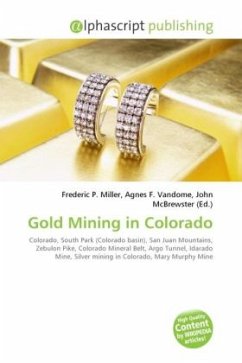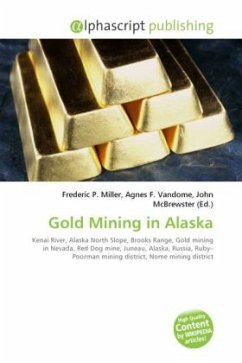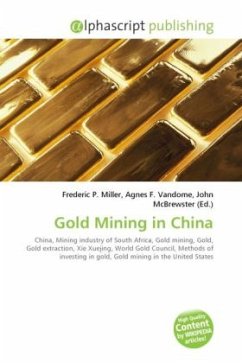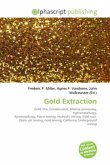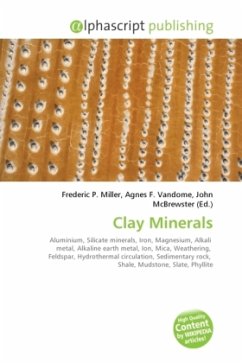Hydraulic mining, or hydraulicking, is a form of mining that uses high-pressure jets of water to dislodge rock material or move sediment. In the placer mining of gold or tin, the resulting water-sediment slurry is directed through sluice boxes to remove the gold. The modern form of hydraulicking, using jets of water directed under very high pressure through hoses and nozzles at gold-bearing upland paleogravels, was first used by Edward Matteson near Nevada City, California in 1853. Matteson used canvas hose which was later replaced with crinoline hose by the 1860s. In California, hydraulic mining often brought water from higher locations for long distances to holding ponds several hundred feet above the area to be mined. Insofar as California hydraulic mining exploited primarily river gravels, it was one form of placer mining, that is, working of alluvium (river sediments).
Bitte wählen Sie Ihr Anliegen aus.
Rechnungen
Retourenschein anfordern
Bestellstatus
Storno

